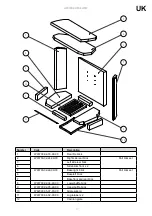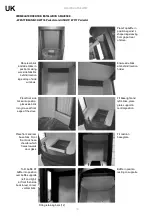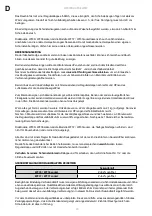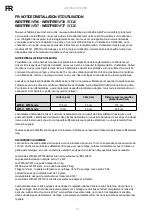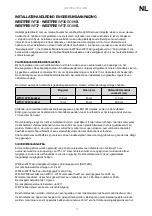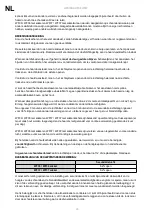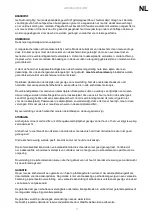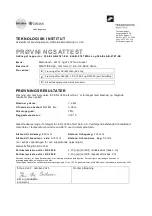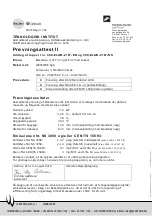
WESTFIRE·WF
36
WF
37
15
UK
5. Smoke or odour
a)
Weak chimney draft
b)
checkfor blockagesin the flue pipe/chimney
c)
checkthe height of the chimney in relation to the surroundings
6. Sootin the chimney
a)
Thefirewood may be too wet
b)
intake of secondary air may be insufficient
Chimney Fires
If the chimney is thoroughly and regularly swept, chimney fires should not occur. However, if a chimney fire does
occurturn the air control setting to the minimum, and tightly close the doors of the stove. Thisshould causethe
chimney fire to go out in which casethe control shouldbe kept at the minimum setting until the fire in the stove has
gone out. The chimney and flueways should then be cleaned. If the chimney fire does not go out when the above
action is taken then the fire brigade should be called immediately.
After a chimney fire the chimney should be carefully examined for any damage. Expertadvice should be sought if
necessary.
Permanent air vent
Thestove requires a permanent and adequate air supply in order for it to operate safely and efficiently.
In accordancewith current Building Regulations the installer may have fitted a permanent air supply vent into the
room in which the stove is installed to provide combustion air. Thisair vent should not under any circumstancesbe
shut off or sealed.
WARNING NOTE
Properly installed, operated and maintained this stove will not emit fumes into the dwelling. Occasionalfumesfrom
de ashing and re fuelling may occur.However, persistent fume emission is potentially dangerous and must not be
tolerated. If fume emission does persist, then the following immediate action should be taken:
(a) Opendoors and windows to ventilate room
(b) Let the fire out or eject and safely disposeof fuel from the appliance
(c) Checkfor flue or chimney blockage and clean if required
(d) Do not attempt to relight the fire until the causeof the fume emission has been identified and corrected.
If necessaryseek expert advice.
Themost common causeof fume emission is flueway or chimney blockage. Foryour own safety these must be kept
clean at all times.
IMPORTANT NOTES
General
Before lighting the stove checkwith the installer that the installation work and commissioning checksdescribed in
the installation instructions have been carried out correctly and that the chimney has been swept clean, is sound and
free from any obstructions. As part of the stoves’ commissioning and handover the installer should have shown you
how to operate the stove correctly.
Useof fireguard
When using the stove in situations where children, aged and/or infirm personsare present a fireguard must
be used to prevent accidental contact with the stove. Thefireguard should be manufactured in accordancewith
BSEN 8423: 2002.
Chimney cleaning
Thechimney should be swept at least once a year for smokelessfuels and a minimum of twice a year for wood and
other fuels. It is important that the flue connection and chimney are swept prior to lighting up after a prolonged
shutdown period.

















